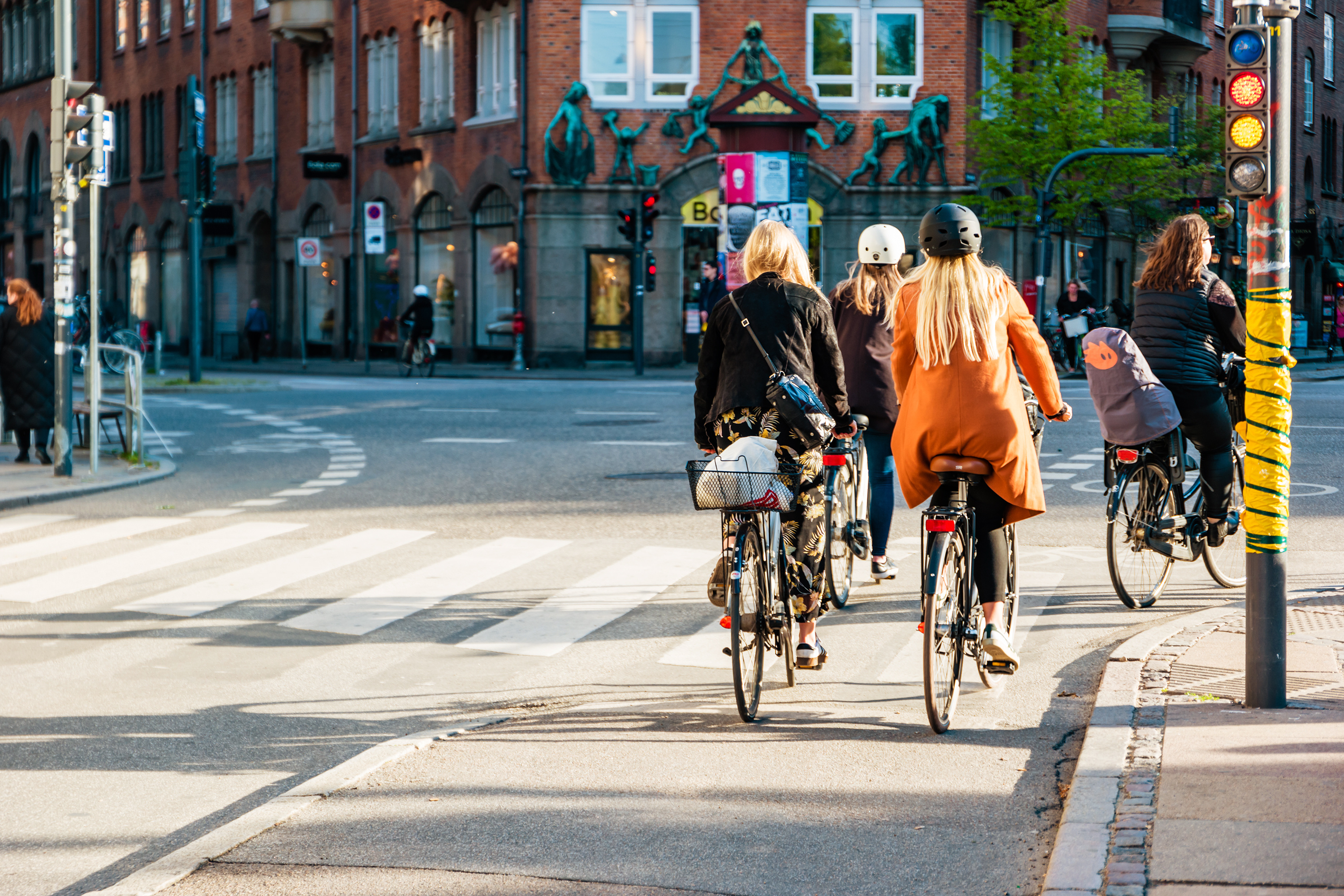Moving Biking from Minority to Majority Status
Slowing Cars on Most Urban Streets to Lower than 18 mph Opens Cycling to All Ages

Santa Barbara has been investing heavily in growing and improving its bicycle infrastructure, as have many other cities in this country. These investments lead to a growth in cycling but seem to plateau at around 8 percent. In Europe, however, there are many cities where cycling reaches 80-90 percent of the population. What accounts for the huge disparity?
The difference seems to be safety. In the Netherlands, for instance, bike and pedestrian safety is addressed holistically and uncompromisingly. Dutch road engineers continuously seek to remove “conflict points and zones” for riders, which mostly occur at intersections, transition sections, or stretches of roads where bikes are competing for space with other modes of transportation. In California, bike-lane engineering standards provide high-level safety between conflict points but not at intersections where conflict danger is greatest. We still prioritize speed and comfort for car drivers over the people that live, work, walk, and bike on our streets.
What does safe infrastructure look like? The Dutch have a lot of bike lanes that are separated and protected from cars with highly engineered intersections that almost eliminate interaction (conflict) between drivers and cyclists. Wherever the two have the possibility of interacting, the speed limits are below 20 miles per hour (mph) with cameras for enforcement. The Dutch know that slow cars are safer; fast cars are never safe. Eighty percent of all urban streets in Holland are posted at 18 mph or less, a speed at which collisions can cause serious but survivable injuries.
Another critical safety factor is that most drivers are also cyclists with children (this is the case whenever cycling gets near 80 percent), so they are extremely careful and attentive of cyclists. In most northern European cities where bike riders are ubiquitous, urban streets are intentionally narrow, designed with frequent speed bumps, and have many stop signs. When collisions do occur, the default assumption is that the larger mode is at fault, which is not the case in the U.S.
Uncompromisingly safe infrastructure for cyclists leads to the quantum leap from around 8 percent to 80 percent. Many benefits accompany this growth: improvements in air quality and public health, plus significant offsets to climate change. It also moves a community toward 15-minute neighborhoods.
People love to ride bikes: It is invigorating, relaxing, efficient, and convenient. It fulfills our need for daily exercise, keeps us limber, and it’s free. It is a truly equitable form of transportation, available to rich and poor alike. Seniors can bike years after they give up driving. Kids who bike tend to be among the happiest young people. Even people with disabilities can use adaptive bicycles.
Santa Barbara needs to learn from European cities that have mastered the leap to 80 percent bike riders. It seems a perfect fit for our benign climate.



